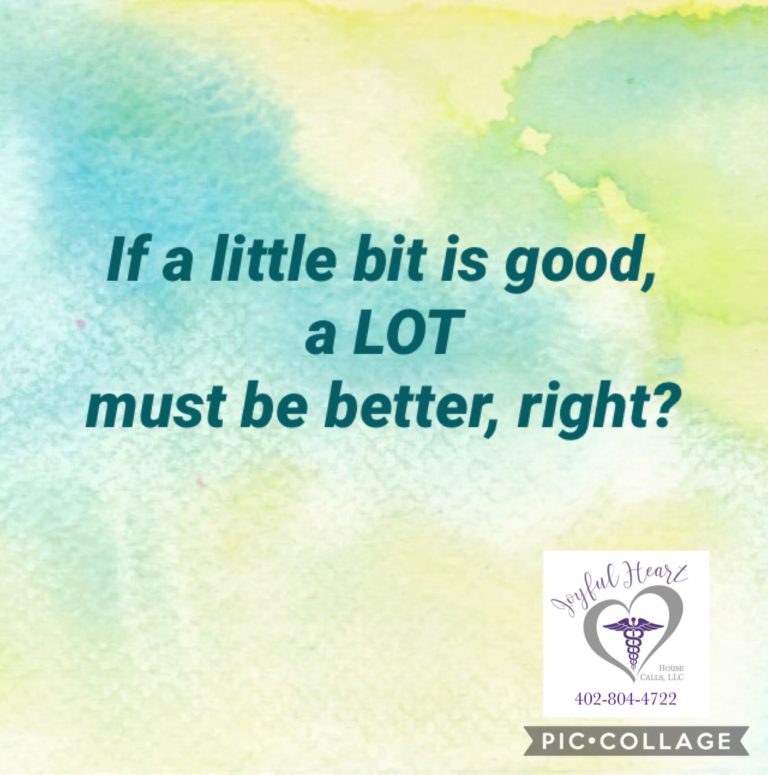Metabolic dysfunction has become a challenge for many patients these days; with 2/3 of Americans overweight, and about half with insulin resistance, it seems none of us have very healthy metabolism anymore. Included in metabolic dysfunction is hypothyroidism, and unfortunately, mainstream medical professionals tend to only offer a shrug and a pill, sending patients out the door, poorly managed, never heard, and inadequately treated. Many patients in this situation begin to look for alternative treatments to help with energy, hair loss, dry skin, insomnia, and stress – the most common symptoms that impact everyday life. Typically only prescribed a dose of levothyroxine, patients report symptoms are never relieved, and they literally have to fight to get out of bed every morning; being inadequately treated leaves patients feeling desperate for relief. Oftentimes, the solution for folks is to start using an iodine supplement. A handful of “experts” claim that iodine is the “magic cure” for thyroid problems, and they’ve written blogs and sold books making this claim.
Couple issues that we should discuss: Lugol’s iodine is one of the most common iodine supplements; it actually does not come with dosing instructions on most bottles. It takes some research and reading to find out how to dose iodine drops. During the researching process, it’s pretty common to find multiple ways to take iodine, including mixed in water, directly ingesting drops, or applied to skin for absorption. Depending on who authored the report, there might be 10 different sets of directions including completely different dosing amounts.
How can this be? Because there is no standard recommendation by any organization for iodine supplementation, other than 150 mcg of iodine per day as the Recommended Daily Allowance, many “experts” have taken it upon themselves to direct dosing based on case study, personal experience, or hypothetical theory.
With the popularity of healthier eating patterns, iodized salt has also gained a reputation for being a very unhealthy salt and is often replaced in diets with “real” salt; this situation creates even more perspectives from diet gurus and social media stars in the world of nutrition and diet. On any given day, one can find salt and iodine advice offered by no less than 3-5 of these experts and each tip varies. Thus, the muddy water is stirred and even more difficult to wade through.
Various data suggest that 1 gram of iodized salt contains approximately 40-45 mcg of iodine and that about half of that is bioavailable. Let’s do some math: 1 teaspoon of salt is nearly 6 grams of salt, and would contain about 240 mcg of iodine, and if half of that is available for absorption and use, 120 mcg of iodine is useable by the body. Some other experts report that only 30% of that 45 mcg of iodine is useable; meaning that about 81 mcg of iodine is available per teaspoon of salt consumed. If this statement is true, then it takes approximately 2 teaspoons of iodized salt to obtain the necessary iodine.

The BIG problem here is that mainstream medicine attempts to teach LOW salt intake, recommending less than 1 teaspoon per day, although there is little scientific data to support such a low recommendation. So, even if you DO consume iodized salt, you might still be iodine deficient – and I think THIS is where a lot of the misguided advice gets its origin.
Salt is iodized for a very specific reason – the typical American diet contains only trace amounts of iodine naturally, and this observation was seen in WWI when large numbers of soldiers developed goiter; upon investigation, it was found that most of the men with goiter happened to be from regions with iodine-poor soils. It was decided that iodine could easily be added to salt, correcting the problem.
Very few foods contain any iodine at all, yet iodine is essential for life and health, so it was necessary to find a method that could ensure that most people would obtain an adequate amount of iodine on a regular basis – so salt became the vector chosen.
Let’s take a look at dosing iodine as a supplement:
Dosing Lugol’s iodine can be rather tricky, because a couple of the thyroid “experts” have recommended as many at 20 drops per day. Let’s do some math, here. If using Lugol’s 2%, there are about 2.5 MILLIGRAMS (mg) of iodine in each drop. The RDA is 150 MICROGRAMs (mcg) per day. How do these 2 compare? Let’s begin with the basics: 1 mg = 1000 mcg; you read that correctly. 1 MILLIGRAM is the same amount as one THOUSAND MICROGRAMS. The recommended daily intake of iodine is 150 mcg, NOT 150 mg. Dosing just 1 drop of Lugol’s 2% provides 2.5 MG of iodine – that is 2500 mcg of iodine PER DROP – meaning that just 1 drop of Lugol’s 2% iodine provides a dose nearly 17 TIMES the recommended daily allowance. Now remember when I mentioned that some experts have published recommendations to take up to 20 drops per day??? Taken over weeks to months to years, this CAN result in overdosing of iodine, which CAN and DOES impact thyroid health, and can contribute to multiple problems including thyroid damage and liver stress.
Another word problem: The Lugol’s 5% solution contains 6.3 mg of iodine per drop; that is 6,300 mcg of iodine PER DROP or 42 TIMES the amount of iodine recommended.
Iodine supplementation should NEVER be dosed without explicit and specific guidance from a KNOWLEDGEABLE and experienced medical provider who fully understands the implications of iodine dosing, the amounts being recommended, and the consequences and risks of those recommendations. The RDA of 150 mcg per day is SAFE for most every adult everywhere; more than this amount can actually be dangerous for patients with Hashimoto’s thyroiditis.
Hypothyroid patients should NEVER dose iodine in the presence of thyroid prescription medication, unless specifically directed to do so BY THE PRESCRIBER who authorized the medication. NEVER. There is not an exception to this rule, not even you. Iodine can INCREASE thyroid activity and IN THE PRESENCE of thyroid medications, can create “the perfect thyroid storm,” resulting in high blood pressure, fast heart rate, palpitations, anxiety, nervousness, panic attack sensations, shortness of breath, insomnia, and even nausea, vomiting, & diarrhea. Patient safety is KEY.
One other thing to mention is the use of other thyroid supplements peddled by well-meaning nutrition gurus, who have become a bit popular because of their nutrition/exercise/dietary advice on social media. Videos, podcasts, and memes all posted to “educate” are actually marketing ploys trying to sell you their latest and greatest “snake oil.” While many people may benefit from some of these “natural” supplements, many vulnerable and at-risk individuals may be harmed by some of these products. Cyanide is natural – would you take it??? Just because a vitamin or supplement worked for someone, does NOT mean it is GOOD for everyone seeking hope in this desperate situation. Other “experts” publish information saying that powdered and ground organ meats in concentrated forms are the magic cure for hypothyroidism. These supplements may work fine for people needing a “little boost” to their energy levels, but taken in excess OR IN ADDITION to thyroid medicine, really puts patients’ health in danger. These supplements can completely skew the lab values of your thyroid levels, as well as contribute to symptoms that can be difficult to adequately treat or resolve. Sometimes, palpitations never resolve once they start, creating a LIFETIME of heartache – literally.
While I function as a mainstream nurse practitioner, I do use and recommend many supplements and vitamins to benefit many of my patients and clients because I have a more holistic and functional perspective. But, every single thing I recommend to a client has a SPECIFICALLY determined need, based on lab values and symptoms during a comprehensive medical evaluation. It’s never a generic idea; it’s never random; it’s never off-the-cuff. You should KNOW exactly why you take every single medicine, vitamin, & supplement that goes in your mouth every day; if you do not have a specific reason for taking it, don’t. Just don’t…




